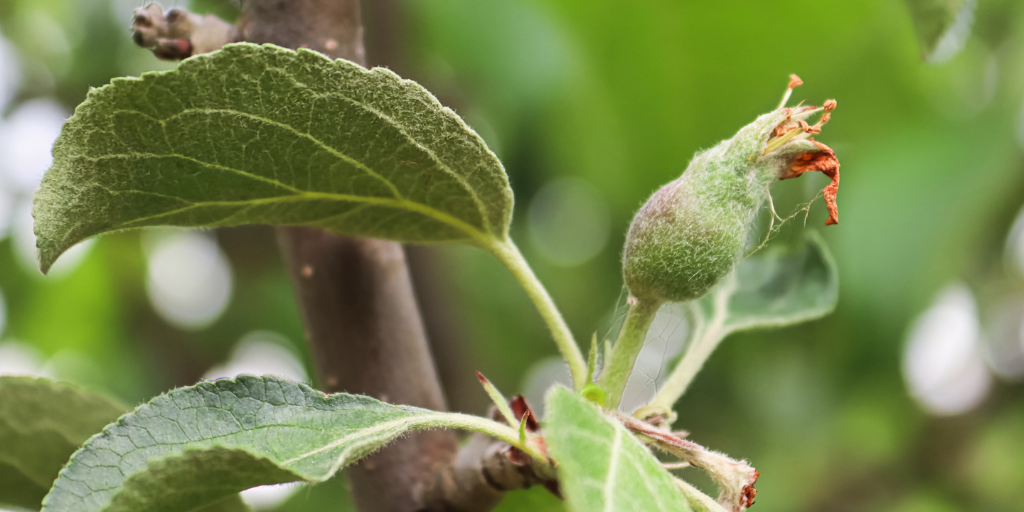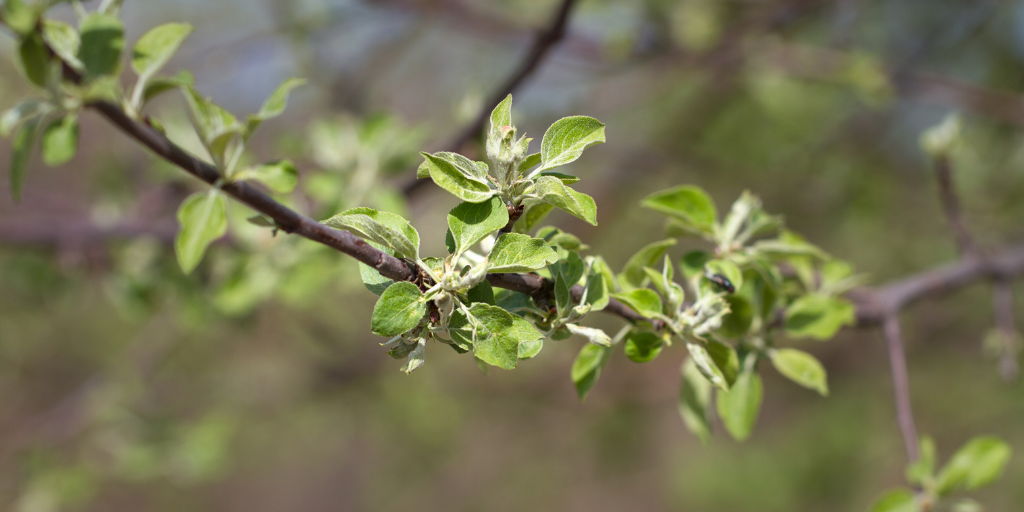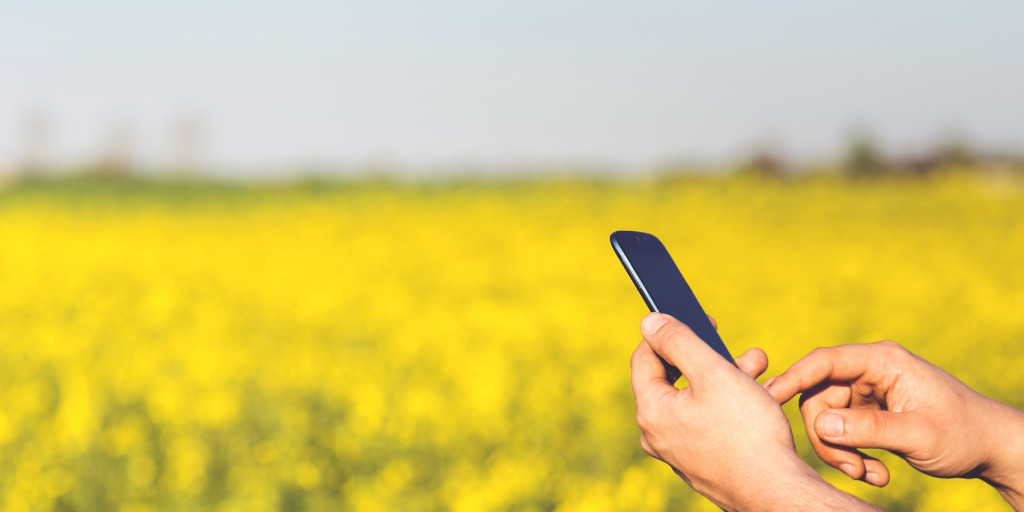
Last week we introduced the concept of crop load management. Crop load management can be a high-risk high-reward situation for growers. There exists the potential to maximize yield and quality, but there is a lack of concrete information on how. When it comes to pruning and hand thinning, many growers just “have a guy who’s been doing it for years”.

Welcome to the first part of our series on precision crop load management. Over the next few weeks, we will be taking a close look at methods and models of precision crop load management in orchards. Crop load management is a vast topic, so this week we’re starting with some of the key concepts and terms and introducing the three main methods: Pruning, Chemical Thinning, and Hand Thinning.

It’s a new year, and while harvest time has wrapped up here in North America it is still underway in the southern hemisphere. Every year we get feedback from hundreds of growers worldwide about their need for harvest traceability, but who are also desperate to simplify their data collection process during the busiest time of year.

The potential of digital applications in agriculture generates enthusiasm about the future of food production among technologists and is a cause for uncertainty among others. But for many farm managers, the time has come to adapt, and the race to adopt (or develop) the best technology will determine the future of humankind.
Let our expert staff walk you through the Croptracker system, and answer any questions you have.
We are here to help.